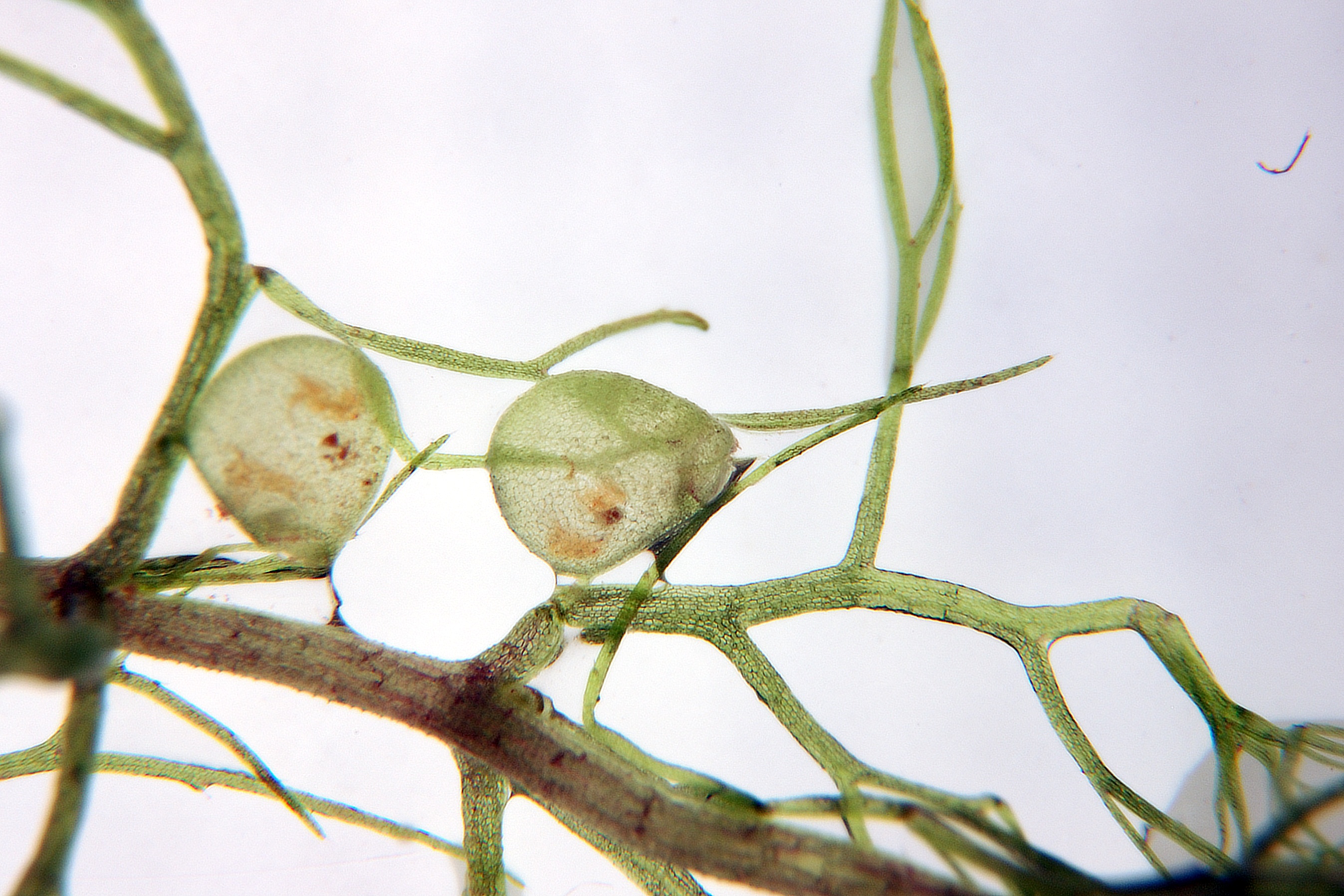|
Scrophulariaceae
The Scrophulariaceae are a family of flowering plants, commonly known as the figwort family. The plants are annual and perennial herbs, as well as shrubs. Flowers have bilateral (zygomorphic) or rarely radial (actinomorphic) symmetry. The Scrophulariaceae have a cosmopolitan distribution, with the majority found in temperate areas, including tropical mountains. The family name is based on the name of the included genus ''Scrophularia'' L. Taxonomy In the past, it was treated as including about 275 genera and over 5,000 species, but its circumscription has been radically altered since numerous molecular phylogenies have shown the traditional broad circumscription to be grossly polyphyletic. Many genera have recently been transferred to other families within the Lamiales, notably Plantaginaceae and Orobanchaceae, but also several new families. - on linhere/ref> Several families of the Lamiales have had their circumscriptions enlarged to accommodate genera transferred from ... [...More Info...] [...Related Items...] OR: [Wikipedia] [Google] [Baidu] |
Plantaginaceae
Plantaginaceae, the plantain family or veronica family, is a large, diverse family (biology), family of flowering plants in the order Lamiales that includes common flowers such as Antirrhinum, snapdragon and Digitalis, foxglove. It is unrelated to the true plantains, banana-like fruit also called "plantain". In older classifications, Plantaginaceae was the only family of the order Plantaginales, but numerous phylogenetic studies, summarized by the Angiosperm Phylogeny Group, have demonstrated that this taxon should be included within Lamiales. Overview The plantain family as traditionally circumscribed consisted of only three genera: ''Bougueria'', ''Littorella'', and ''Plantago''. However phylogenetic research has indicated that Plantaginaceae ''sensu stricto'' (in the strict sense) were nested within Scrophulariaceae (but forming a group that did not include the type genus of that family, ''Scrophularia''). Although Veronicaceae (1782) is the oldest family name for this group, ... [...More Info...] [...Related Items...] OR: [Wikipedia] [Google] [Baidu] |
Orobanchaceae
Orobanchaceae, the broomrapes, is a family (biology), family of mostly parasitic plants of the order (biology), order Lamiales, with about 90 genus, genera and more than 2000 species. Many of these genera (e.g., ''Pedicularis'', ''Rhinanthus'', ''Striga'') were formerly included in the family Scrophulariaceae ''sensu lato''. With its new circumscription, Orobanchaceae forms a distinct, monophyletic family. From a phylogenetic perspective, it is defined as the largest crown clade containing ''Orobanche major'' and relatives, but neither ''Paulownia tomentosa'' nor ''Phryma leptostachya'' nor ''Mazus japonicus''. The Orobanchaceae are annual plant, annual herbaceous plant, herbs or perennial plant, perennial herbs or shrubs, and most (all except ''Lindenbergia'', ''Rehmannia'' and ''Triaenophora'') are parasitic plant, parasitic on the roots of other plants—either holoparasitic or hemiparasitic (fully or partly parasitic). The holoparasitic species lack chlorophyll and therefore ... [...More Info...] [...Related Items...] OR: [Wikipedia] [Google] [Baidu] |
Oftiaceae
''Buddleja'' (; ''Buddleia''; also historically given as ''Buddlea'') is a genus comprising over 140 species of flowering plants endemic to Asia, Africa, and the Americas. The generic name bestowed by Linnaeus posthumously honoured the Reverend Adam Buddle (1662–1715), an English botanist and rector, at the suggestion of William Houstoun. Houstoun sent the first plants to become known to science as buddleja ( ''B. americana'') to England from the Caribbean about 15 years after Buddle's death. ''Buddleja'' species, especially ''Buddleja davidii'' and interspecific hybrids, are commonly known as butterfly bushes and are frequently cultivated as garden shrubs. ''Buddleja davidii'' has become an invasive species in both Europe and North America. Nomenclature The botanic name has been the source of some confusion. By modern practice of botanical Latin, the spelling of a generic name made from ''Buddle'' would be ''Buddleia'', but Linnaeus in his ''Species Plantarum'' of 1753 an ... [...More Info...] [...Related Items...] OR: [Wikipedia] [Google] [Baidu] |
Lamiales
The Lamiales (also known as the mint order) are an order of flowering plants in the asterids clade of the Eudicots. Under the APG IV system of flowering plant classification the order consists of 24 families, and includes about 23,810 species and 1,059 genera with representatives found all over the world. Well-known or economically important members of this order include aromatic, culinary, and medicinal herbs such as basil, mint, rosemary, sage, savory, marjoram, oregano, hyssop, thyme, lavender, perilla, lemon verbena, catnip, bee balm, wild dagga, and oriental motherwort, as well as olives, ash trees, teak, foxgloves, lilacs, jasmine, snapdragons, African violets, Jacarandas, Paulownias, butterfly bushes, sesame, and psyllium. Description Plant species within the order Lamiales are eudicots and are herbaceous or have woody stems. Zygomorphic flowers are common, having five petals with an upper lip of two petals and lower lip of three petals, but ... [...More Info...] [...Related Items...] OR: [Wikipedia] [Google] [Baidu] |
Scrophularia
The genus ''Scrophularia'' of the family Scrophulariaceae comprises about 200 species of herbaceous flowering plants commonly known as figworts. Species of ''Scrophularia'' all share square stems, opposite leaves and open two-lipped flowers forming clusters at the end of their stems. The genus is found throughout the Northern Hemisphere. ''Scrophularia'' species are used as food plants by the larvae of some Lepidoptera species including '' Phymatopus hectoides''. Some species in this genus are known to contain potentially useful substances, such as iridoids, and several ''Scrophularia'' species, such as the Ningpo figwort (''S. ningpoensis''), have been used by herbal medicine practitioners around the world. The name ''Scrophularia'' comes from scrofula, a form of tuberculosis Tuberculosis (TB), also known colloquially as the "white death", or historically as consumption, is a contagious disease usually caused by ''Mycobacterium tuberculosis'' (MTB) bacteria. Tubercu ... [...More Info...] [...Related Items...] OR: [Wikipedia] [Google] [Baidu] |
Mecardonia
''Mecardonia'' (axilflower) is a genus of herbaceous plants in the family Plantaginaceae. 31 species have been described, of which 12 are accepted. Its distribution is predominantly in South America, and South East United States, including Florida and Alabama but may be found as far north as Virginia. (see map) Five species are found in Argentina and three in the US. Description They are herbaceous procumbent glabrousness (botany), glabrous plants. They are mostly blackened when they are dry. Their stems are 5–40 cm in length and they have 4-alate leaves. Ovate leaves 7–25 mm in length and 3–16 mm wide, with a crenate edge; petiolate. Solitary axillary flowers, pedicles 8-20 (-26) mm in length, basally bibracteolate; 5-lobed calyx, with unequal lobes, more or less free to the base, imbricate, the adaxial lobe widely lanceate to ovate, 5–9.5 mm long and 3–6 mm wide, slightly accrescent, the 2 middle lobes longer and overlapping, the 2 abaxial ... [...More Info...] [...Related Items...] OR: [Wikipedia] [Google] [Baidu] |
Zygomorphic
Floral symmetry describes whether, and how, a flower, in particular its perianth, can be divided into two or more identical or mirror-image parts. Uncommonly, flowers may have no axis of symmetry at all, typically because their parts are spirally arranged. Actinomorphic Most flowers are actinomorphic ("star shaped", "radial"), meaning they can be divided into three or more identical sectors which are related to each other by rotation about the center of the flower. Typically, each sector might contain one tepal or one petal and one sepal and so on. It may or may not be possible to divide the flower into symmetrical halves by the same number of longitudinal planes passing through the axis: oleander is an example of a flower without such mirror planes. Actinomorphic flowers are also called radially symmetrical or regular flowers. Other examples of actinomorphic flowers are the lily ('' Lilium'', Liliaceae) and the buttercup ('' Ranunculus'', Ranunculaceae). Zygomor ... [...More Info...] [...Related Items...] OR: [Wikipedia] [Google] [Baidu] |
Actinomorphic
Floral symmetry describes whether, and how, a flower, in particular its perianth, can be divided into two or more identical or mirror-image parts. Uncommonly, flowers may have no axis of symmetry at all, typically because their parts are spirally arranged. Actinomorphic Most flowers are actinomorphic ("star shaped", "radial"), meaning they can be divided into three or more identical sectors which are related to each other by rotation about the center of the flower. Typically, each sector might contain one tepal or one petal and one sepal and so on. It may or may not be possible to divide the flower into symmetrical halves by the same number of longitudinal planes passing through the axis: oleander is an example of a flower without such mirror planes. Actinomorphic flowers are also called radially symmetrical or regular flowers. Other examples of actinomorphic flowers are the lily (''Lilium'', Liliaceae) and the buttercup ('' Ranunculus'', Ranunculaceae). Zygomorphic Z ... [...More Info...] [...Related Items...] OR: [Wikipedia] [Google] [Baidu] |
Buddlejaceae
Buddlejaceae is a family of flowering plants that is not currently recognized by the Angiosperm Phylogeny Group, but as of 2016 it is being used by many botanists as one of several small families that divide the Lamiales. Phylogenetic reconstruction has shown that divisions within the Lamiales are unsatisfactory, and a major revision is anticipated that will greatly alter the circumscriptions of the larger families and will temporarily bring widespread ambiguity (as previously happened with the order Asparagales). At present, there is no widely accepted phylogenetic classification of the Lamiales, and for the sake of clarity, some smaller families are widely used, including Buddlejaceae. The genera included in Buddlejaceae are assigned to Scrophulariaceae The Scrophulariaceae are a family of flowering plants, commonly known as the figwort family. The plants are annual and perennial herbs, as well as shrubs. Flowers have bilateral (zygomorphic) or rarely radial (actinomorph ... [...More Info...] [...Related Items...] OR: [Wikipedia] [Google] [Baidu] |
Bacopa
''Bacopa'' is a genus of 60 aquatic plants belonging to the family Plantaginaceae. It is commonly known as waterhyssop (or water hyssop, though this is more misleading as ''Bacopa'' is not very closely related to hyssop but simply has a somewhat similar Morphology (biology), appearance). Description They are Annual plant, annual or Perennial plant, perennial, with decumbent or erect stems. The leaves are opposite or whorled, and Sessility (botany), sessile. The leaf blade is regular, round to linear, and the venation is palmate or pinnate. Its Plant stem, stems are hairy or smooth. The flowers are produced solitary or in pairs from leaf axils, usually radially symmetrical, with five sepals and five petals, and they are usually white, blue, or purple. Dispersal and propagation is by seeds and stem fragments. Crushed leaves have a distinctive 'lemon' scent. Habitat and range ''Bacopa'' species are found in tropical and subtropical regions of the world, particularly the America ... [...More Info...] [...Related Items...] OR: [Wikipedia] [Google] [Baidu] |






